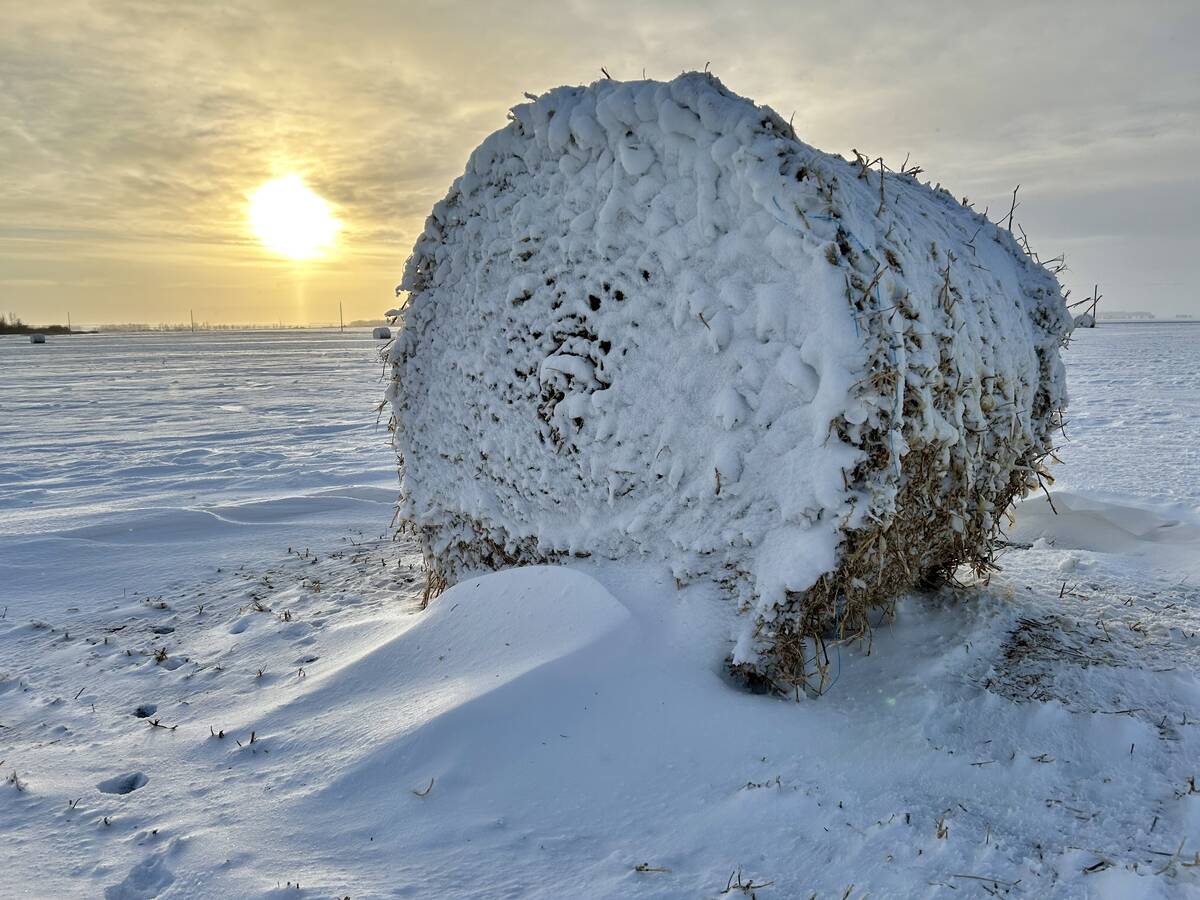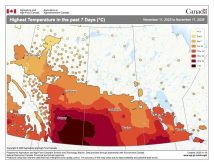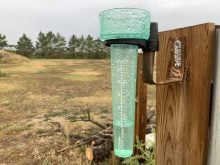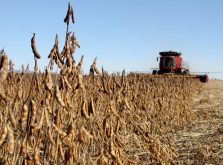The U.S. National Oceanic and Atmospheric Administration (NOAA) predicts a record-size “dead zone” in the Gulf of Mexico this summer, and a Texas A&M University release says there’s one reason — corn production for ethanol.
The dead zone is an annual area of oxygen depletion caused by algae blooms fed by fertilizer from the Midwest Corn Belt washing into the Mississippi and into the Gulf of Mexico. This year’s dead zone is expected to be as large as 8,561 square miles.
The Texas A&M release says last summer’s zone was one of the smallest on record at 2,889 square miles because drought in the Midwest kept run-off out of the Mississippi. This year will be just the opposite. Heavy rainfall in the Midwest this spring led to flooding, which means more fertilizer flowing into the Gulf.
Read Also

Prairie winter snowfall forecast 2025-2026
How much snow should farmers in Alberta and elsewhere on the Canadian Prairies expect for the rest of December 2025 and into January-February 2026?
Dr. Paul Montagna, chair and professor for the Harte Research Institute for Gulf of Mexico Studies (HRI), has studied these dead zones, also known as “hypoxia zones,” for more than 20 years. He said they affect the commercial fishery in the area.
“The zone sets up in late spring and lasts throughout the summer,” Montagna said. “The hypoxia zones are not dangerous to fish, but cannot support bottom-dwelling life such as clams, crabs and shrimp,” said Montagna. “Because fish avoid these areas, commercial shrimp boats and recreational fishermen must go farther out, to open water, to make their catch.”
Dead zones normally peak in July and August, and start to break up in the fall, the release said. The only thing that would fix the situation sooner is a tropical storm or a hurricane to stir up the water and reoxygenate the area.














